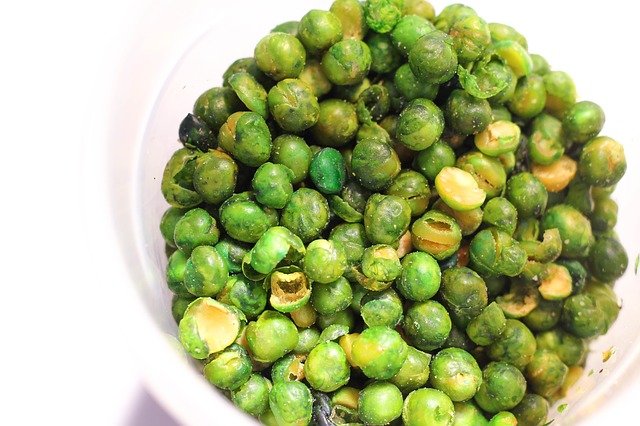Inside BENEO’s new pulse plant: pioneering sustainable protein from faba beans
On the back of popularity of veganism and allergies to meats and lactose intolerance, people have increasingly switched to pea protein as a healthy alternative
The rising popularity of plant-based eating as an alternative protein source is flooding the market. Pea protein is amongst the most popular plant-based protein alternatives as it has a longer shelf life and easy-to-add appeal. It is increasingly making its way into numerous food items such as veg burgers, plant-based milk, supplements, shakes and protein powder. The pea protein market is merely a part of the booming non-dairy market as a whole. According to a report published by Fairfield Market Research, the global pea protein market is expected to reach $1,374.3 Mn by 2025, registering a CAGR of 8.4 per cent during the forecast period.
The rise in popularity of veganism, dietary supplements and flexitarian diet are the major accelerators for the growth of the global pea protein market. The rising popularity of quitting meat and the influence of social media has had a huge impact on the growth of the market as people are increasingly becoming aware of the side effects of meat and dairy products. The enriched nutrients derived from alternative food choices are expanding the opportunities for the pea protein market.
Higher diagnosis of consumers facing meat allergies and lactose intolerance is moving them towards healthier food alternatives. Another factor boosting the market growth is the rise in a number of diseases due to a sedentary lifestyle. Doctors and dieticians are suggesting patients to quit the unhealthy consumption of antibiotic-fed meat products and choose better alternatives thus, bolstering the demand for pea protein.
The global pea protein market is expected to face restraints due to COVID-19 that could likely hamper the market growth. The global pandemic has led to lockdown in numerous regions of the world such as Asia Pacific, Europe and North America thus, hampering the food and beverage industry. Stringent government regulations on social distancing, shipping and limitation on trade will likely disrupt the supply chain and shortage of raw materials.
The Asia Pacific is expected to witness growth in the global market as this region has emerging economies such as China, India and Japan who are the major contributors of pea protein production. This region is also expected to witness product launches from processed food manufacturers and quick-service restaurants. OmniPork is a plant-based pork producer in Asia Pacific who is expanding its base by launching its products across 210 stores in China.
Emsland Group, in December 2019, launched its two new pea protein ingredients for food products such as desserts, ice cream, beverages and others. These two new protein isolates are designed to be a part of healthy and functional food products.
The other key players operating in the global pea protein market are Roquette Group, Ingredion Incorporated, PURIS, Emsland Group, Cosucra Groupe Warcoing SA, Axiom Foods, DuPont de Nemours, Inc, The Scoular Company, Burcon NutraScience Corporation and Glanbia plc.

